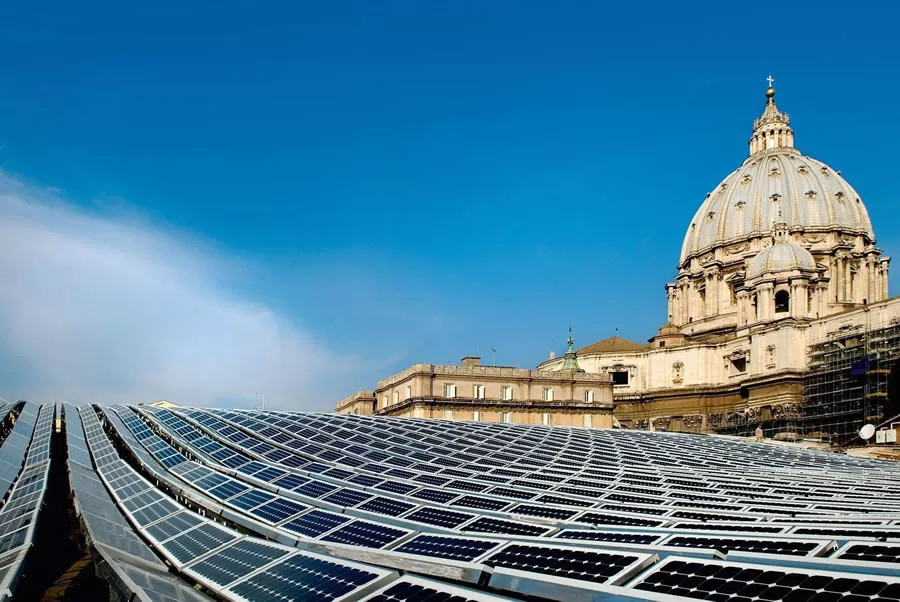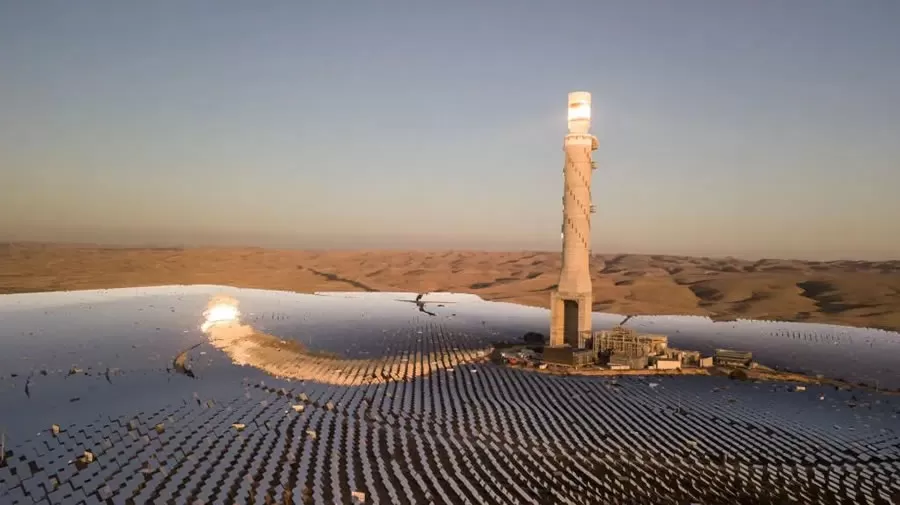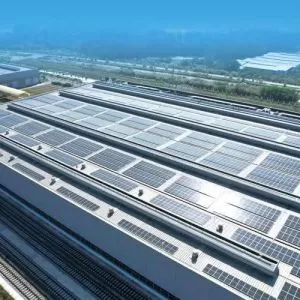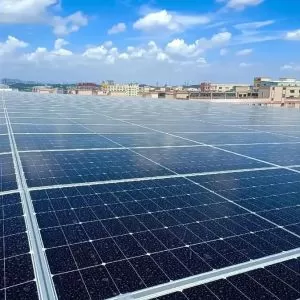
As the global energy transition accelerates, Building Integrated Photovoltaic (BIPV) has become the core direction for countries to promote the integration of green buildings and renewable energy. By 2025, several countries and regions around the world will increase their support for building with photovoltaic (BIPV) technology. From Asia to Europe and the United States, many countries are injecting strong impetus into the BIPV market through tax incentives, installation subsidies, and policy simplification, and promoting the popularization of renewable energy by introducing a series of subsidy policies.
Brice Solar will sort out the policy dynamics of different countries and regions on building with photovoltaic (BIPV) in 2025, and introduce the major PV building subsidy policies to help you better understand the future development direction of this industry.
I. Global development trend of BIPV
BIPV building is a technology that integrates solar photovoltaic (PV) power generation system directly into the building structure, which not only generates clean energy, but also optimizes the appearance of the building and energy saving effect. With the advancement of global environmental protection policies, BIPV technology has gradually become an important part of future green buildings. Many countries have begun to incorporate BIPV technology into their policy frameworks, formulating relevant support measures and subsidy policies to promote the widespread application of the technology.
II. Overview of BIPV policies in major countries and regions
1. Europe: Pioneer of Green Building
Europe is a global leader in the development of PV buildings. Major European countries are accelerating the promotion of BIPV technology through a series of incentive policies.
Germany: As a global leader in the PV industry, the German government has promoted the development of BIPV technology through the Renewable Energy Law (EEG). 2025, Germany plans to provide up to 30% capital subsidies for BIPV building projects and tax incentives to reduce the initial investment costs of the projects. In addition, Germany has optimized the certification requirements for PV building systems to simplify the installation process.
France: The French government has a very active policy of supporting BIPV. from 2025, all new residential projects must integrate a certain percentage of renewable energy, including BIPV systems. The government provides financial subsidies of up to 50% for building projects that meet this requirement, in addition to preferential policies such as VAT reductions for corporate and individual investors.
Spain: Spain's BIPV projects are mainly focused on urban renewal and building renovation. The government provides project loan support for PV buildings and plans to provide a maximum of 40% financial support through the “Green Building Fund” for the installation of PV systems and building renovation. 2.
2. U.S.: Tax credit continuation + local manufacturing incentives
The U.S. PV building policy has been updated in recent years, especially in California, New York and other states, BIPV has been actively promoted. Federal policy on ITC (investment tax credit) extended to 2030, BIPV projects enjoy up to 30% tax rebate; California, New York State additional installation subsidies of $0.1-0.2 per watt.
California: As a leader in the U.S. photovoltaic industry, California has introduced the “Zero Energy Building” program, which stipulates that by 2025, all new homes must be equipped with photovoltaic systems. For BIPV projects, the government provides up to 25% subsidies and tax incentives. In addition, California has established a special green building fund to subsidize building renovation projects that meet the requirements.
New York State: New York State offers a variety of subsidies to support the development of BIPV systems. 2025, the government plans to provide up to 30% subsidies through the Clean Energy Incentive Program to help commercial and residential building projects install BIPV systems. 3.
3. China: Accelerating the policy push for PV building integration
As the world's largest PV market, China's PV building development has also seen a policy peak. The Chinese government is actively promoting “PV building integration” programs and has introduced a series of subsidy policies.
National level: “whole county promotion” distributed PV pilot covering 80% of counties, industrial and commercial rooftop mandatory reserved installation conditions, green card trading revenue of 0.05-0.1 yuan/kWh.
Local policies: Guangdong subsidizes 0.3 yuan/watt for “PV+storage” projects; Zhejiang requires 100% PV space to be reserved for new plants, and promotes the combination of BIPV and rural revitalization (agriculture and light complementary, fishing and light complementary).
Technology upgrade: TOPCon, HJT battery market share of more than 70%, large-size components with significant cost advantage, supporting BIPV efficiency improvement.
4. Japan: Promoting the combination of green building and BIPV
Japan's PV policy has traditionally focused on the combination of technological innovation and green buildings, and the application of BIPV in Japan is increasing year by year.
Policy support: The Japanese government plans to transform all public buildings into green buildings by 2025 and promote the application of BIPV technology. The government provides financial subsidies of up to 30% for BIPV projects that meet green building standards and offers tax exemptions for projects.
5. Other regions
In other parts of Asia, the Middle East, and Africa, policy support for PV buildings is also gradually strengthening.
South Korea: The South Korean government has implemented a policy of financial support for BIPV projects and provides a percentage of equipment subsidies for householders. 2025, more cities are expected to join the ranks of PV building applications.
UAE: As a leading energy innovator, the UAE encourages the adoption of BIPV technology, and the government provides up to 35% investment subsidies through the Green Energy Fund to support building projects that integrate PV technology into the building design.
South Africa/Kenya: South Africa encourages the use of BIPV for microgrids in remote areas through the Renewable Energy Independent Power Producer Program (REIPPPP) tender; Kenya exempts off-grid building PV from value-added tax and reduces the user's initial investment.

Red Rock 100MW Tower Solar Thermal Power Plant, South Africa
III. Prospects and Challenges of BIPV Subsidy Policy
In 2025, BIPV technology will usher in unprecedented development opportunities as governments continue to ramp up their renewable energy policies. The continuous optimization of the subsidy policy will greatly reduce the installation cost of PV buildings and further promote the popularity of BIPV technology. However, the high initial investment and technical difficulties of BIPV projects remain one of the challenges for global rollout. Governments need to continue to strengthen technical support and optimize policy implementation to ensure that BIPV can truly become a mainstream technology in the building sector.
Conclusion
With the increasing global emphasis on sustainable development, BIPV, as an environmentally friendly and energy-efficient building solution, is bound to become an important part of future buildings. Whether in Europe, the United States, Asia, or in other regions, the 2025 PV building subsidy policy will promote the development of this industry to varying degrees. Seizing the policy opportunity and investing in PV buildings will bring a greener, smarter and more energy-efficient future for the building industry.
If you have any questions about BIPV policy or other PV industry related issues, please feel free to contact us! We will provide you with the latest policy information and industry news to help you seize market opportunities.









One step to find us,we will respond within 24 hours.
More Contact Details
008613738639386
[email protected]